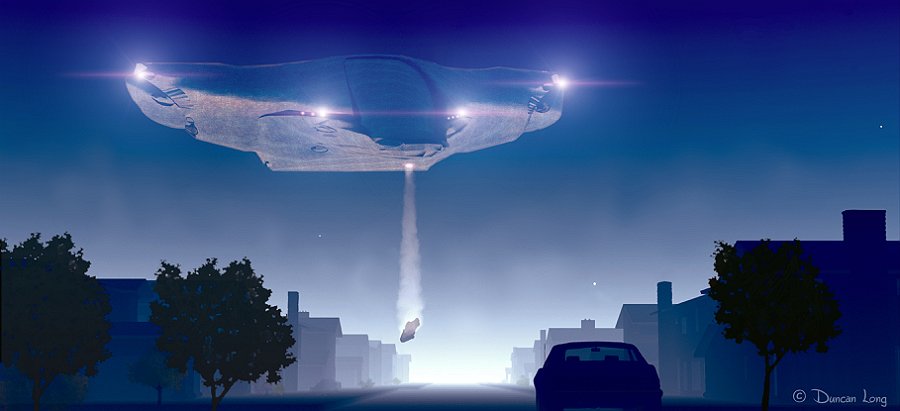The Eye and Book Cover Artwork
filed in Book Cover Illustrations and Artwork on Dec.13, 2009

The human eye is a very sensitive organ. Coupled with our brains, the human “optical system” is capable of perceiving amazing changes and differences between objects.
And the eye/brain is quick to spot a “mistake” in terms of line or light. I have often been amazed that just the change of a single degree in the rotation of an object can be spotted. And we all know about crooked picture frames hanging on walls; if it is even a little off level, it bothers most people.
When creating a book cover illustration, the eye’s ability to “spot a fake” can create problems for the artist. Perhaps problems are most acute when it comes to the light/dark contrasts.
Complications can be heaped upon the potential problems when an author writes a scene that seems perfectly logical and which can even be “pictured” in the mind’s eye – yet is totally impossible in the real world – or on a book cover. When that picture goes from the imagination to a book cover illustration, the eye becomes involved and can spot the impossibilities of physics. The writer basically word paints the artist into a corner.
One such case occurred when an author had a novel in which a UFO with bright lights lands during the day and levitates objects from the ground into the ship with a bright beam of light.
Sound okay?
To most people it does. And oddly most of can “picture” it in our minds.
Yet as the unwary artist starts to create create such a picture, he quickly discovers that bright lights don’t show up in the daylight when you’re working with a video screen. And the situation is even worse when the picture is printed (the light/dark contrast with ink and paper being even less than on a video screen).
The eye wants to see something very bright and somewhat yellow if it is going to believe it is looking at daylight. And if that is achieved, then nothing can be brighter, not even those “bright lights” on the saucer in the daylight. If they are, the eye perceives the daylight as being at dusk rather than noon. The picture can’t be true to the word pictures. It is impossible. (We finally solved the program by having the scene at night, perhaps proving that no problem is too big not to run away from.)
This same thing applies to UFOs in movies. The really effective flying saucers arrive at night. Close Encounters of the Third Kind would not have been nearly as impressive had the mother ship or any of the smaller UFOs been spotted during the day. But at night… Ah… Then things were much different with glowing lights and otherworldly, magical effects that makes the movie breath-taking to see.
I recently ran into a similar problem with a cover sketch that needed a green glowing sphere being played with by a cat. When I made the first sketch, the editor said, “Looks good, only no white in the center of the globe. The ball is all green.”
I was surprised because that sphere was green. Then I realized what had happened. There are about a million or so shades of green between almost black to a green that is light. And those light greens will appear to be white if you can’t put something white right next to them for comparison. (Basically the eye settles on the lightest color and our brain perceives that as “white” even when it is not.)
That’s the artistic dilemma with a green glowing sphere: Without the very light green center, it isn’t likely to be perceived as glowing. Instead most folks “see” it as a greenish cloud or as a round splotch between the viewer and the object behind it. It’s only when those light shades of green – nearly white and perhaps even perceived as white without any other white in the illustration – are added to the sphere does it give the illusion of glowing. Add some very dark greens to give the illusion of shadows and refracted light along the edge of a spherical shape and at that point what is really just a shaded flat circle becomes the glowing green sphere to most people’s eyes.
Now if I can convince my editor.
============
Duncan Long is a freelance magazine and book cover artist for HarperCollins, PS Publishing, Pocket Books, Solomon Press, American Media, Fort Ross, Asimov’s Science Fiction, and many other publishers. See more of Duncan’s book cover artwork at: DuncanLong.com